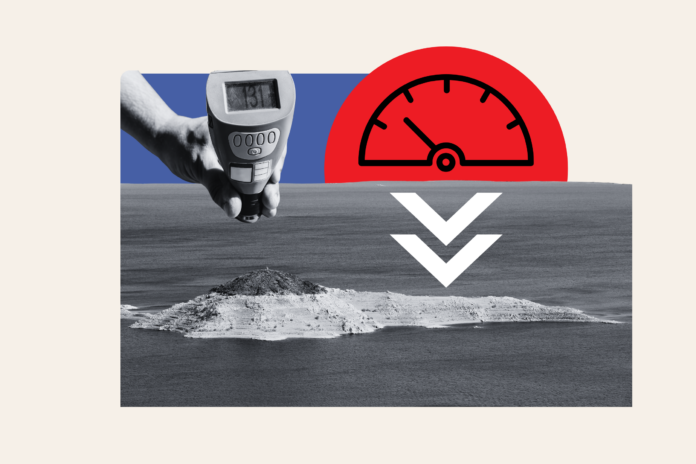What’s New
As 2024 draws to a close, Lake Mead—North America’s largest manmade reservoir—has experienced a year of relative stability compared to the dramatic fluctuations of recent years.
Why It Matters
Lake Mead, located on the Colorado River, is the largest reservoir in the United States by capacity and a critical water source for millions of people across Nevada, Arizona, California, and Mexico. Formed by the Hoover Dam, the lake supports agriculture, municipal water supplies, and hydroelectric power generation, while also serving as a vital recreational area. As the water levels have declined due to prolonged drought and increased demand, concerns about the reservoir’s sustainability have highlighted its importance to regional economies and ecosystems, as well as its role in the broader challenges of water management in the arid Southwest.
What to Know
While levels surged in 2023 following a historically wet winter and plummeted during 2022’s severe drought, 2024 offered a more consistent trajectory.
At the end of January 2024, Lake Mead’s levels were measured at 1,072.67 feet, significantly higher than the 1,046.97 feet recorded at the start of 2023.
The lake reached its peak in February, with levels climbing to 1,077 feet.
Even at its lowest point, in late fall, levels remained at 1,061 feet—well above the critical




